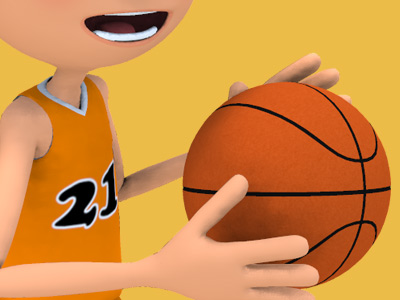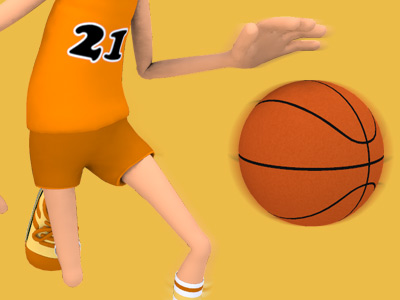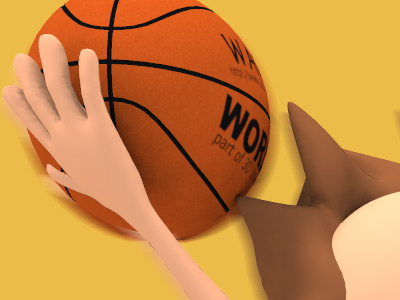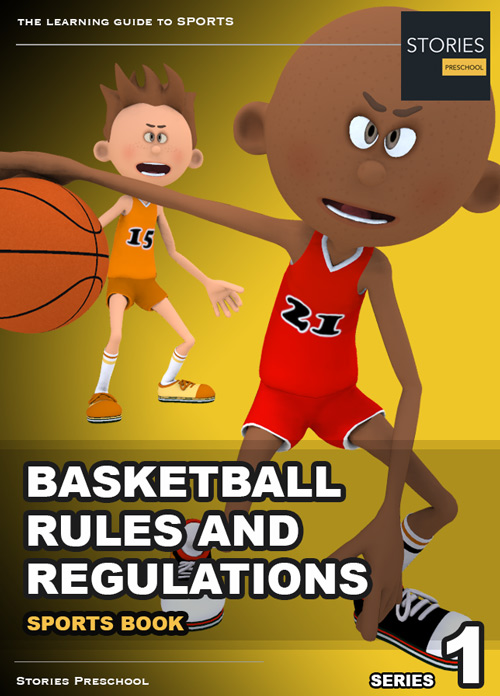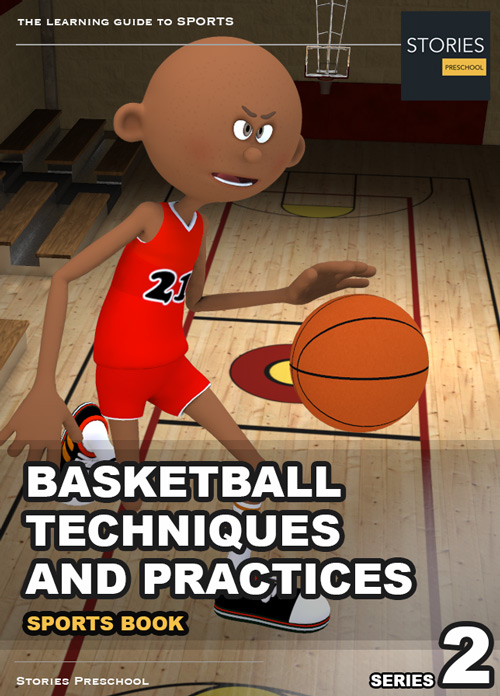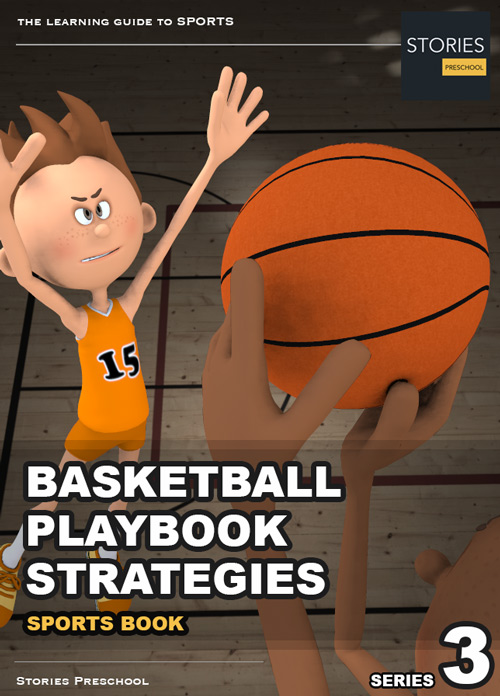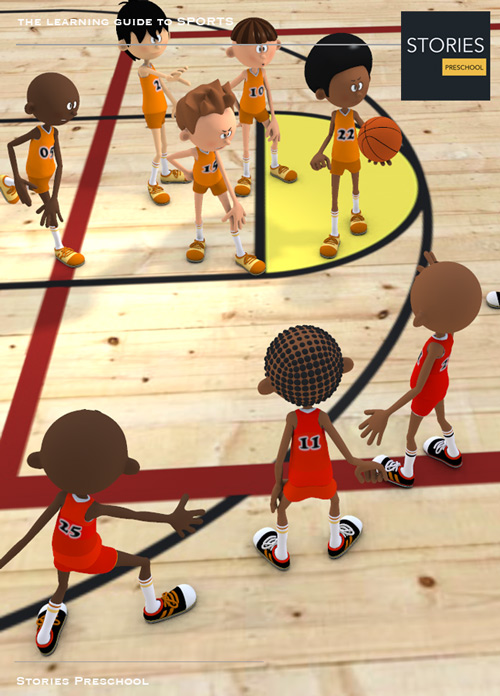Basketball

Basketball Positions
Although the rules do not specify any positions whatsoever, they have evolved as part of basketball. During the early years of basketball's evolution, two guards, two forwards, and one center were used. In more recent times specific positions evolved, but the current trend, advocated by many top coaches including Mike Krzyzewski is towards positionless basketball, where big guys are free to shoot from outside and dribble if their skill allows it. Popular descriptions of positions include:
Point guard (often called the "1") : usually the fastest player on the team, organizes the team's offense by controlling the ball and making sure that it gets to the right player at the right time.
Shooting guard (the "2") : creates a high volume of shots on offense, mainly long-ranged; and guards the opponent's best perimeter player on defense.
Small forward (the "3") : often primarily responsible for scoring points via cuts to the basket and dribble penetration; on defense seeks rebounds and steals, but sometimes plays more actively.
Power forward (the "4"): plays offensively often with their back to the basket; on defense, plays under the basket (in a zone defense) or against the opposing power forward (in man-to-man defense).
Center (the "5"): uses height and size to score (on offense), to protect the basket closely (on defense), or to rebound.
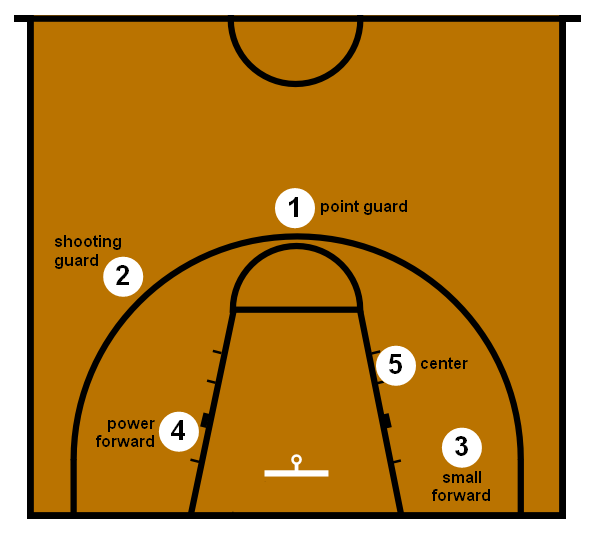
The above descriptions are flexible. For most teams today, the shooting guard and small forward have very similar responsibilities and are often called the wings, as do the power forward and center, who are often called post players. While most teams describe two players as guards, two as forwards, and one as a center, on some occasions teams choose to call them by different designations.
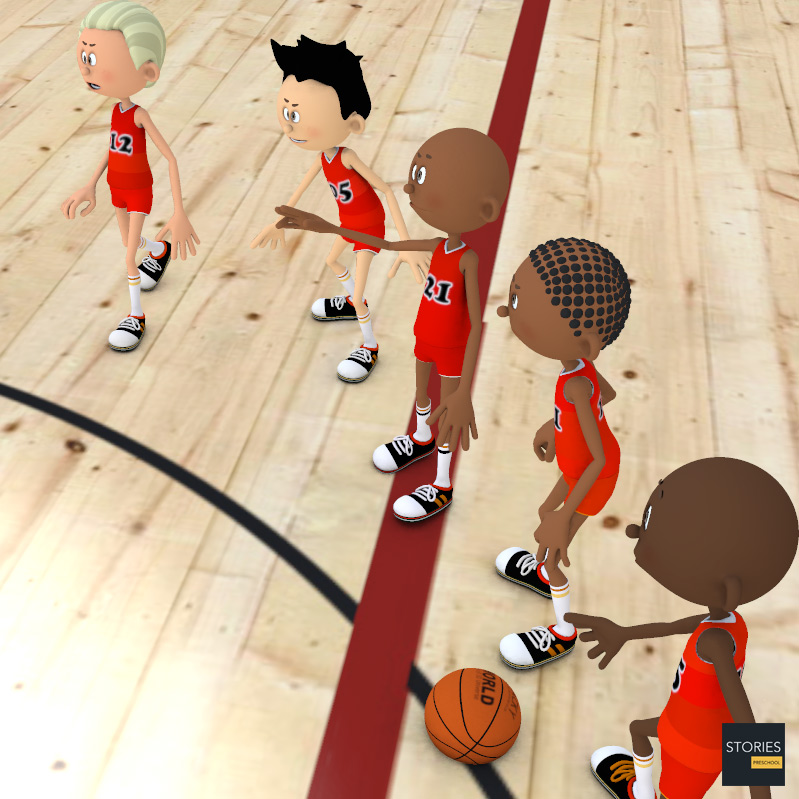
SPORTS
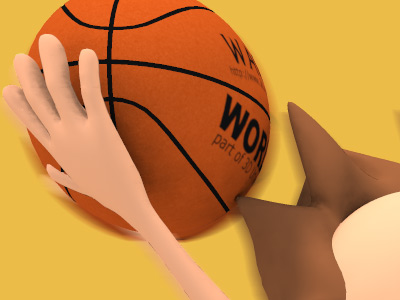
RESOURCES
This article uses material from the Wikipedia article "Basketball", which is released under the Creative Commons Attribution-Share-Alike License 3.0.
© Stories Preschool. All Rights Reserved.
